Powder metallurgy is a versatile manufacturing technique centered around the production of metal components from powdered materials through various processes, presenting a spectrum of advantages in material design and engineering. Initially, finely powdered raw materials, typically metal particles or powders, are carefully selected and blended to achieve desired chemical compositions, often combining different elements to create alloys with enhanced properties. These powders undergo compaction via pressing techniques, such as cold or hot pressing, where the powders are subjected to immense pressure within dies to form a compacted shape known as a green part. Following compaction, the green part is subjected to sintering, a high-temperature process conducted in controlled atmospheres or vacuum environments, where the compact is heated to temperatures below its melting point, causing the particles to bond together through diffusion mechanisms. Sintering facilitates the elimination of porosity, enhances density, and promotes the development of metallurgical bonding, resulting in a solid, fully dense final product with tailored mechanical, physical, and chemical properties. Additionally, secondary processes like heat treatment, machining, and surface finishing may be applied to achieve specific characteristics or precision dimensions in the final part. Powder metallurgy finds extensive applications across various industries, including automotive, aerospace, healthcare, and electronics, owing to its ability to produce intricate shapes, superior material properties, cost-effectiveness, and minimal waste generation, contributing significantly to the advancement of modern manufacturing technologies and innovation. Powder metallurgy is instrumental in creating unconventional materials that cannot be achieved through melting or conventional forming methods. One crucial example is tungsten carbide, formed by bonding tungsten carbide particles with cobalt. Widely utilized across industries, tungsten carbide is pivotal for cutting and shaping metals, with approximately 50,000 tonnes produced annually using powder metallurgy. This technique also yields various other products like sintered filters, porous oil-impregnated bearings, electrical contacts, and diamond tools. The emergence of industrial-scale metal powder-based additive manufacturing in the 2010s has introduced a new realm of commercially significant powder metallurgy applications. Processes such as selective laser sintering and other metal additive manufacturing methods have expanded the possibilities in this field.

Ephraim Suhir
Portland State University, United States
Thomas J Webster
Interstellar Therapeutics, United States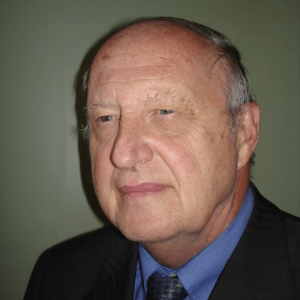
Robert Buenker
University of Wuppertal, Germany
Will Skene
Montreal University, Canada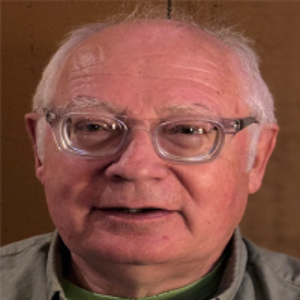
Valeriy A Buryachenko
Micromechanics & Composites LLC, United States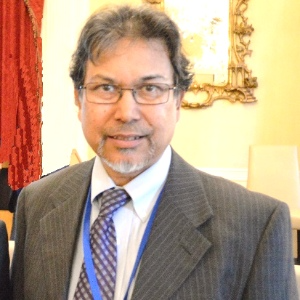
Anis Rahman
Applied Research & Photonics, Inc, United States
Will Skene
Montreal University, Canada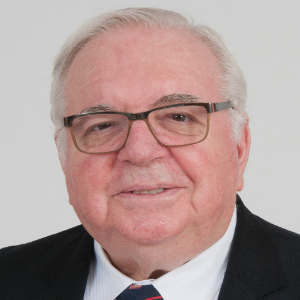
Robert Guidoin
Laval University, Canada
Robert Buenker
University of Wuppertal, Germany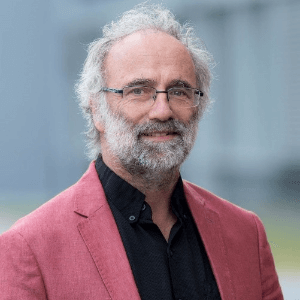


Title : Introducing picotechnology: An exciting extension of nanotechnology
Thomas J Webster, Interstellar Therapeutics, United States
Title : The failure of both einsteins space-time theory and his equivalence principle and their resolution by the uniform scaling method
Robert Buenker, University of Wuppertal, Germany
Title : Material challenges with proton conducting ceramics for intermediate temperature hydrogenation/dehydrogenation applications
Saheli Biswas, Commonwealth Scientific and Industrial Research Organisation, Australia
Title : Porphyrin layers at metal-electrolyte interfaces monitored by EC-STM and CV
Marek Nowicki, University of Wroclaw, Poland
Title : Color control of electrochromes by structural modification
Will Skene, Montreal University, Canada
Title : Make experiments more efficient: Two simple and powerful approaches. Mg2Si growth for photovoltaic and thermoelectric applications
Alexander S Gouralnik , Institute of Automation and Control Processes, Russian Federation
Title : Reconfigurable antenna structures using tunable materials
Nasimuddin, Institute for Infocomm Research, Singapore
Title : (0, 1 and 2) Dimensional hybrid architecture of the synthesized materials leads the smart sensing of the gaseous species at low/room temperature
D R Patil, North Maharashtra University, India
Title : Enhanced grain refinement, precipitates regulation, and improved mechanical properties of cast Al-Li alloy by Ti addition and heat treatment
Lixiong Shao, Shanghai Jiao Tong University, China
Title : Broadband sound attenuation of shape memory polymer with triangular-honeycomb unit cell metamaterial structural design
Musaab Ejaz, Universiti Teknologi PETRONAS (UTP), Malaysia